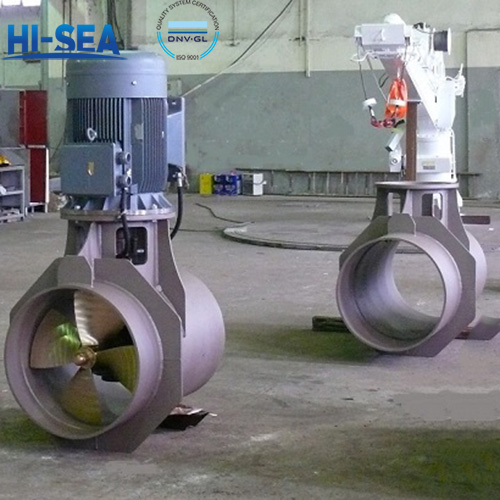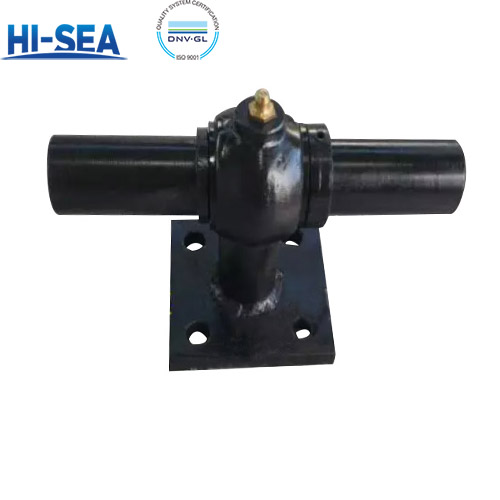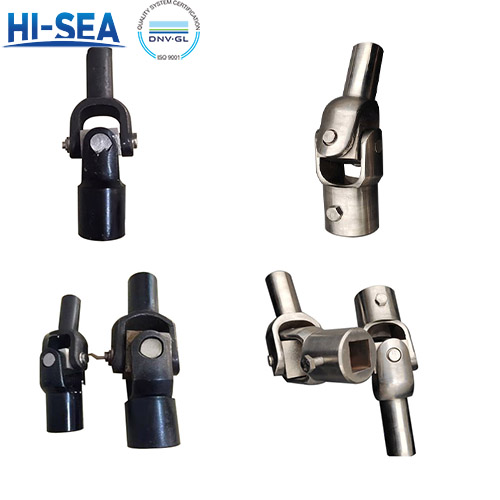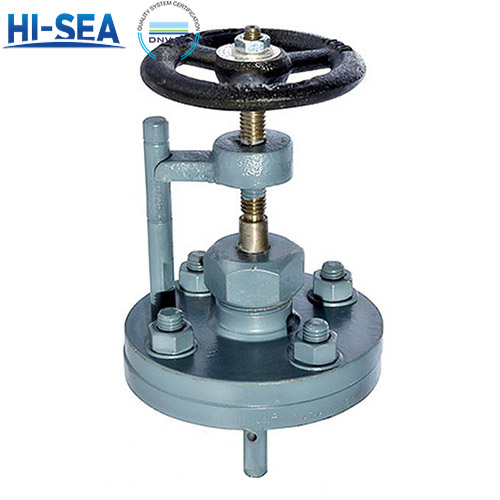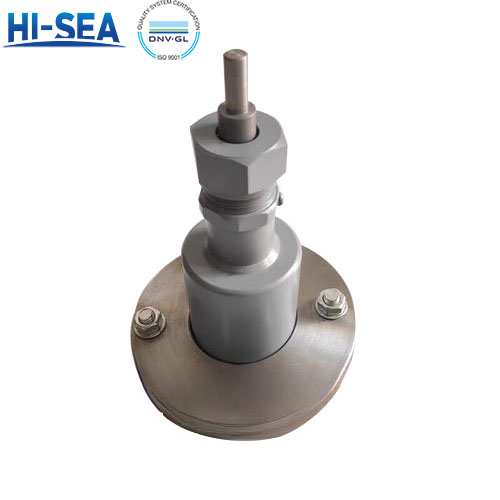
Application of marine bow thruster
The application of marine bow thrusters spans various types of vessels, each benefiting from the enhanced manoeuvrability and control these systems provide.
Marine bow thrusters are mainly used in special-purpose ships, such as engineering vessels, Ro-ro vessels, container vessels, and passenger vessels, ferries, etc. to improve their manoeuvring.
It is used to manoeuvre the ship at zero or low speeds.
Use the reaction force generated by the water pump installed at the bow and tail end of the ship or the propeller in the starboard through-pipe to spray the water column horizontally to make the ship turn.
Overview
During the process of the ship entering the port and its speed gradually decreasing, the steering force and turning torque generated by steering gradually decrease, and the ability to control the heading gradually deteriorates. In order to solve this problem, another method of generating transhipment torque has emerged, which is to install a bow thruster, abbreviated as a tunnel thruster, transverse thruster, or lateral thruster, on the ship.
Bow thrusters can serve as auxiliary manoeuvring devices for ships and are widely used for ship manoeuvring in ports. Lateral movement of ships during berthing and disembarking, adjustment of heading during low-speed navigation in the channel, and suppression of bow deflection during reversing are all specific applications of lateral thrusters in ship manoeuvring. Bowthrusters are suitable for ships with the high frequency of berthing and berthing manoeuvres, such as Ro-ro ships, large passenger ships, large container ships, as well as some finished oil ships and oil tankers.
Tunnel thruster, also known as lateral energy or lateral jet rudder. It is installed at the lower part of the bow and stern of the ship, to cooperate with the conventional rudder arranged at the stern to complete steering operations when the ship is sailing at low speeds, and to achieve good steering performance when the ship is stopped or reversing. The axial direction of the thruster is perpendicular to the ship's hull, and those located at the bottom of the bow are called bow thrusters, while those installed at the stern are called stern thrusters. Due to the presence of propellers and rudder equipment at the stern, the installation process of the stern thruster is complex and the cost is relatively high. Therefore, the installation of the stern thruster on ships is often only arranged at the bow.
At present, some ships with special purposes, such as engineering ships, Ro-ro ships, container ships, and passenger ferries, have installed side thrusters to improve their manoeuvrability. Bow thrusters are also used on some military ships.
When a vessel equipped with a bow thruster is maneuvering in port, such as berthing or avoiding collisions, the bow thruster can be used to facilitate the vessel's turning or lateral displacement at lower speeds (the thruster and vehicle can work together); At the same time, it can be used to conveniently control the direction during anchor throwing operations. In addition, when these ships are sailing at low speeds in restricted waters, the first thruster can be used to overcome the "shore wall effect" and "ship to ship effect"; and it can effectively assist the ship in maintaining direction when manoeuvring at high speeds in strong winds and waves. The thruster does not work in the above ship manoeuvring situations when the ship is traveling at medium to high speeds.
For more marine bow/tunnel thruster information, please click here.

